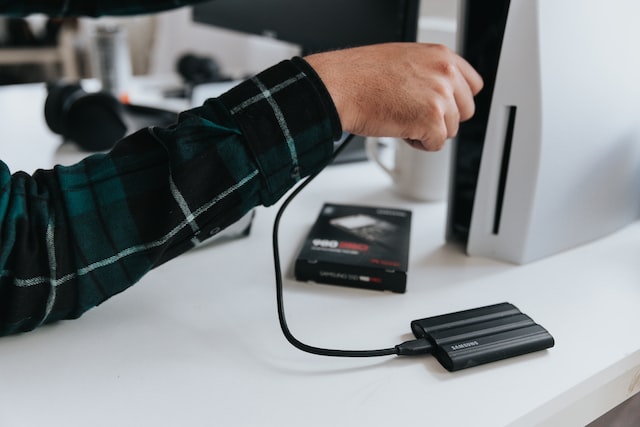Animation cards are often considered expensive, but sometimes they come at surprisingly low prices. That said, buying a graphics card is no simple task. There are numerous things to consider before you buy. How would you know whether you should buy or wait until next year?
An animation card is a specialized chip designed specifically to create high-quality animations for video games (or other uses). These chips allow developers to produce incredible visuals in 2D or 3D environments. Below are the features to look for when buying a graphics card for animation.
Things to Consider Before Buying a Graphics Card for Animation
1. Power Consumption
This is the most obvious factor to keep in mind. If you need a solid graphics card for gaming, then you might not care too much about power consumption. However, if you’re looking into purchasing a graphics card for animation, you’ll want to make sure that the card isn’t going to drain your laptop or desktop PC’s battery life. For example, if you were planning on using a graphics card for rendering purposes, you’d want a card that has a low-power draw because you wouldn’t be able to use your computer while it was powered off anyway.
2. Memory Bandwidth
When you render a scene, you don’t just want to display a finished product—you also want to store data about the scene for later playback. The memory bandwidth of a particular card determines how quickly you can save data to disk and reload it during playback. When considering a graphics card, make sure that it has enough memory bandwidth to handle large files without crashing. This helps prevent performance problems related to saving and loading assets between scenes.

3. DirectX Support
If you plan on using software such as Autodesk Maya, you’ll want to ensure that the graphics card you purchase supports DirectX 12. Using DirectX 12 means that you can take advantage of many new features within the program. In the past, a graphics card was needed to support Direct X 11 to take advantage of some of those tools. Nowadays, however, most cards include support for both versions.
4. Frame Rate Capabilities
As mentioned earlier, an animation card is meant to work with game engines like Unity and Unreal Engine. They usually require a minimum frame rate of 60 fps. You shouldn’t expect a card capable of running at 1080p@60fps with a single core, but you should be able to achieve 1080p@30-48 fps. Higher framerates are nice to have, but if you’re solely interested in rendering animation, you might find that 30-48 fps is fine.
5. Price
Of course, the best way to determine which graphics card is right for you is to check out the prices. It doesn’t make sense to buy a $1000+ card only to realize its capabilities simply try them out yourself. But, this doesn’t mean you have to spend hundreds of dollars on each one. It’s possible to get great results from less costly options—if you know what to look for. Keep reading for our recommendations on five affordable solutions.
Conclusion
Even though they may seem expensive at first glance, these graphics cards are well worth the investment. While you won’t get any crazy bells and whistles here, they should provide everything you need for a good experience when working with 3D applications like Autodesk Maya and Adobe Premiere Pro. You also shouldn’t have any trouble achieving decent-quality results when rendering video games. With a little bit of research and patience, you’ll soon be creating amazing visuals for your projects.



